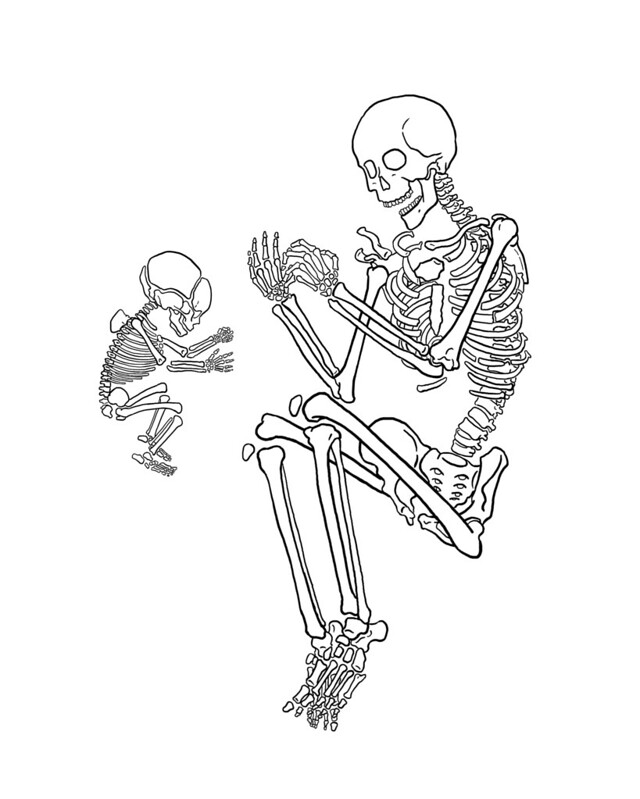Home / History / Archaeology / Forensic Archaeology and Anthropology / Introduction to Forensic Taphonomy

Reach your personal and professional goals
Unlock access to hundreds of expert online courses and degrees from top universities and educators to gain accredited qualifications and professional CV-building certificates.
Join over 18 million learners to launch, switch or build upon your career, all at your own pace, across a wide range of topic areas.


 Copyright David Petts
Copyright David Petts
 Line drawing of the skeletons of an infant and adult female (Copyright Durham University)
Line drawing of the skeletons of an infant and adult female (Copyright Durham University)
 An infant skeleton from a Roman site
An infant skeleton from a Roman site
 Copyright Durham University
Copyright Durham University






